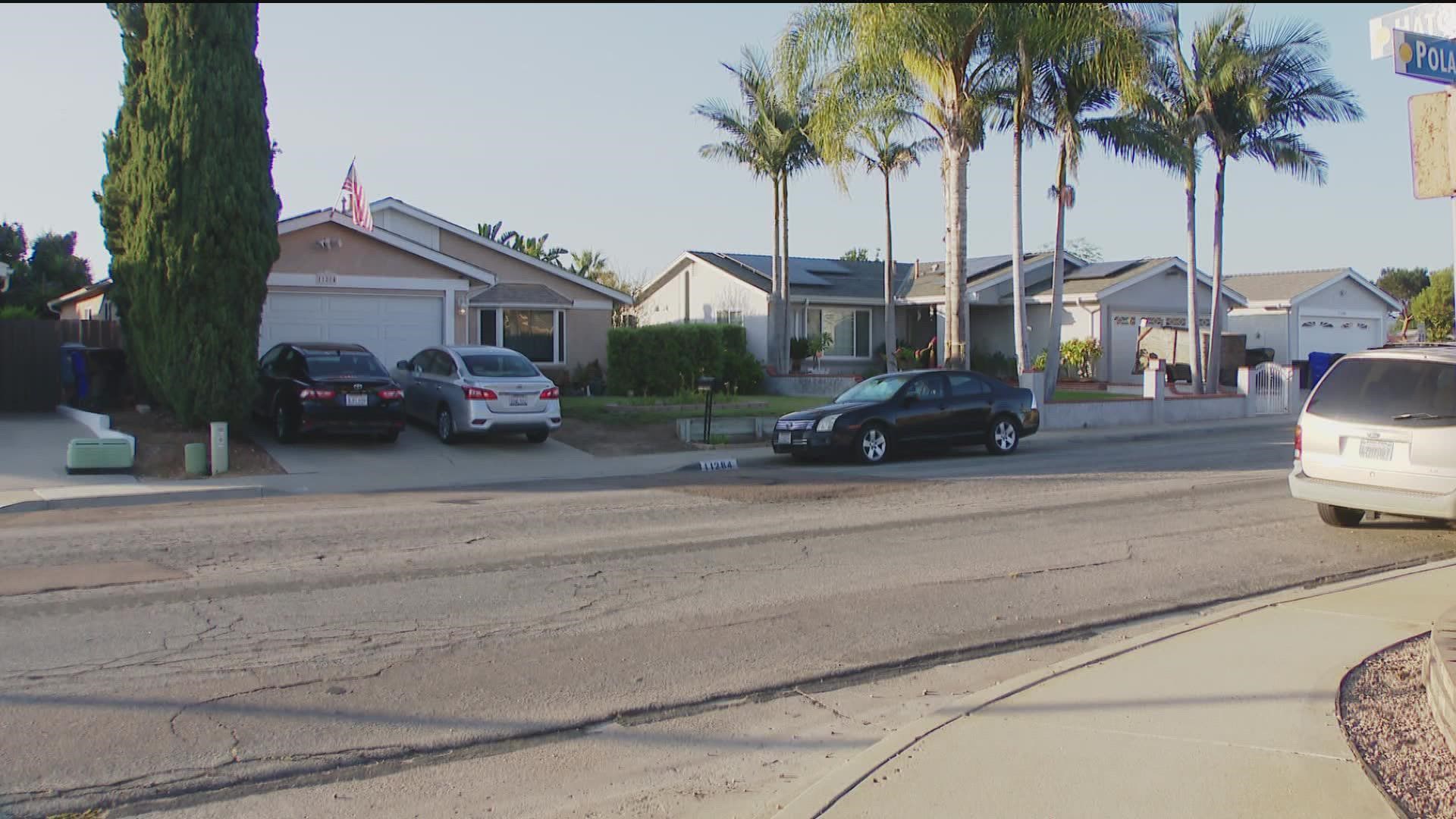SAN DIEGO COUNTY, Calif. — Coronado, Lemon Grove, Imperial Beach, and Solana Beach have lost a legal battle over new housing guidelines that were approved by the San Diego Regional Association of Governments (SANDAG).
On June 20, an appellate court rejected the appeal from the four cities, meaning the case is now dismissed.
The cities sued SANDAG in September 2020. In the lawsuit, the cities say the regional planning agency used a weighted vote to increase the requirements for new housing in each of the 18 cities in the county. Representatives from the cities say that as part of the weighted vote, larger cities get more say in regards to what happens in smaller cities where conditions are different.
WATCH RELATED: County leaders announce plan to bring affordable housing to San Diego
According to the September 2020 complaint, each city said the number of new housing units jumped drastically since the previous housing determination.
In Coronado, the previous Regional Housing Needs Assessment (RHNA) plan which was adopted in 2011 determined that the city needed to build 50 affordable housing units. For the 2020 revision, that number spiked to 912 units to be built by 2029.
In Imperial Beach, the number of new affordable housing units jumped from 254 new affordable units to 1,375 in the new plan. Attorneys for Imperial Beach called the new guidelines, "unreachable."Based upon the 1,375 units allocated, Imperial Beach would need approximately 172 housing units constructed each year," reads the 2020 lawsuit. "This yearly allocation is patently unrealistic give that Imperial Beach is a built-out city."
WATCH RELATED: SANDAG CEO responds to credit card misuse
In Lemon Grove, the 2011's affordable housing plan determined that the city needed to build 309 new units. In the following plan, the number rose to 1,359.
And, for Solana Beach, the new affordable housing requirement went from 340 in 2011 to 875 in the 2020 plan.
Attorneys for the cities argued that SANDAG's board of directors approved the plan relying solely on the weighted vote for each city. That means smaller cities such as Coronado, Lemon Grove, Imperial Beach, and Solana Beach had little say compared to San Diego and other larger cities.
SANDAG ultimately won the legal dispute by arguing that the courts could not overturn the Regional Housing Needs Assessment and that only state lawmakers could change the law.
A San Diego Superior Court judge agreed.
And, on June 20 an appellate court also agreed, delivering the final blow to the lawsuit from the four municipalities.
"We conclude that the trial court properly sustained SANDAG’s demurrer without leave to amend on the ground that judicial review of SANDAG’s RHNA allocation is not permitted," reads the June 20 appellate ruling.
Attorneys for the four cities did not respond to CBS 8's request for comment.
"People become homeless here they don't come from other places. The only way to solve that is to provide enough housing so the people who live, work here and serve these communities are actually able to afford to live here," said Stephen Russell, president and CEO of the San Diego Housing Federation.
He said the housing assessment calculates the number of affordable housing units based on an array of factors including the types of jobs in the area.
"One of the things that has driven the calculations has been what we call job fit," he said. "Communities actually provide housing for the folks who are working in those communities and that the housing should fit the wage profiled of folks working there."
People who work on Coronado wouldn't have to commute each day to go to their lower-wage jobs if more housing was available on the island, he said.
EDITOR'S NOTE: A previous version of this article cited the lawsuit and included the draft RHNA number of 1,001 new units for Coronado. SANDAG says Coronado is required to build a total of 912 new units, with 481 units for very low and low-income housing.

